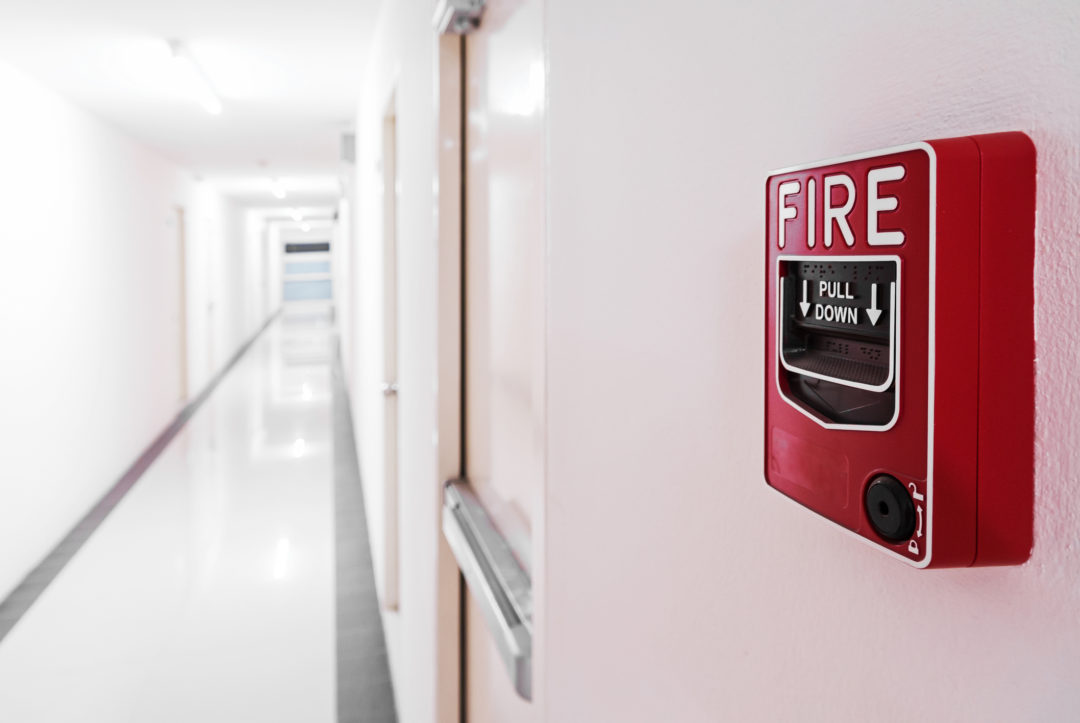Office fires: Be ready to react

About 6,000 office fires are reported every year in the United States, according to the Seattle Fire Department. If your workplace experienced a fire, would employees know how to respond? SFD notes that all workers should be trained on:
- The company’s emergency fire procedures
- Common fire hazards and how to prevent them
- How to properly use a fire extinguisher
In addition, staff should take part in regular fire drills and know the correct emergency response procedures – including for individuals who may need a non-standard response and other special circumstances, such as someone who uses a wheelchair.
When it comes to fire extinguishers, SFD wants you to “make sure you know the types, sizes and maintenance requirements of your extinguishers, as well as the basics of extinguisher operation.”
If a fire does break out at work, employees will need to react quickly. SFD shares the following:
Take it seriously. Treat every alarm as a real fire emergency – don’t assume it’s a drill.
Call the fire department. “Never wait to investigate the situation before notifying the fire department,” SFD states. “Any delay will allow a fire to grow and further endanger the building occupants and property.”
Be ready with information. When calling 911, employees should be able to accurately describe the situation and provide the address of the business, as well as the closest cross street. Ensure employees know not to hang up until the 911 dispatcher tells them to do so.
Close doors as you leave. Workers should close doors behind them as they evacuate, as this can help reduce the spread of smoke and fire throughout the building.
Don’t take the elevator. Employees never should use an elevator during a fire, for three reasons:
- Entrapment can occur because elevators often fail during emergencies.
- Elevators quickly can become filled with smoke.
- Elevators need to be available for arriving firefighters.
Have a designated meet-up spot. Fires can cause chaos, so it’s important to have a designated meeting place where all workers can be accounted for. The location should be away from both the building and where the fire department will arrive.
Know what to do if you can’t get out. If workers are trapped in the building, they should create a “refuge” room, SFD states. The room should be sealed with wet cloths to stuff under doors and in cracks to protect against smoke. Employees should know not to break windows, and to stay low under any smoke. Use a phone or hang something in the window so emergency personnel will know you need help.
For more information, read a Workplace Fire Safety teaching guide from the Seattle Fire Department.
Post a comment to this article
Safety+Health welcomes comments that promote respectful dialogue. Please stay on topic. Comments that contain personal attacks, profanity or abusive language – or those aggressively promoting products or services – will be removed. We reserve the right to determine which comments violate our comment policy. (Anonymous comments are welcome; merely skip the “name” field in the comment box. An email address is required but will not be included with your comment.)

